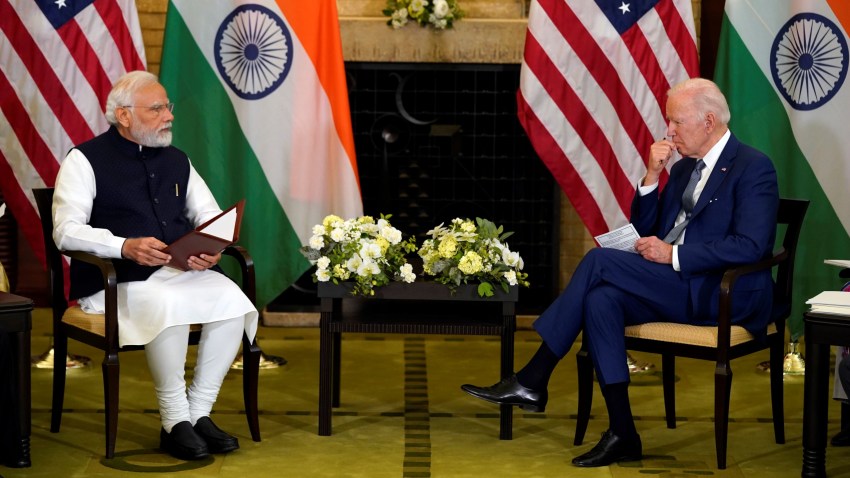The initiative on Critical and Emerging Technologies, or iCET, launched by India and the U.S. on Jan. 31 caps over two decades in which their bilateral relations have grown in breadth and depth. Though the relationship is not without its difficulties, engagement through bilateral, minilateral and regional platforms has prospered well beyond analysts’ expectations. Various high-level engagements have all raised the quality and complexity of the relationship, through formats such as the 2+2 strategic dialogue comprising both sides’ foreign and defense ministers; bilateral defense framework agreements; the 2005 civil nuclear cooperation agreement; as well as joint military exercises, political dialogues and security consultations.
While the iCET is the most recent of these mechanisms, its launch is not taking place in a vacuum. Rather, it is a function of the changing balance of power in the Indo-Pacific and beyond, reflecting both sides’ concerns over China’s emergence as a regional and global power. Just as the two sides’ civil nuclear deal of 2005 was concluded to elevate the bilateral partnership, the iCET is also designed to boost bilateral strategic ties, by promoting and strengthening India’s defense and technology sector in a number of ways, including joint development and production.
The iCET was first announced by Indian Prime Minister Narendra Modi and U.S. President Joe Biden in May 2022 in order “to elevate and expand” the two countries’ “strategic technology partnership and defense industrial cooperation” across governments, businesses and academic institutions. According to a White House fact sheet released at the time, the initiative is also meant to shape how “technology is designed, developed, governed, and used” in order to ensure “an open, accessible, and secure technology ecosystem,” in light of both countries’ shared democratic values.

